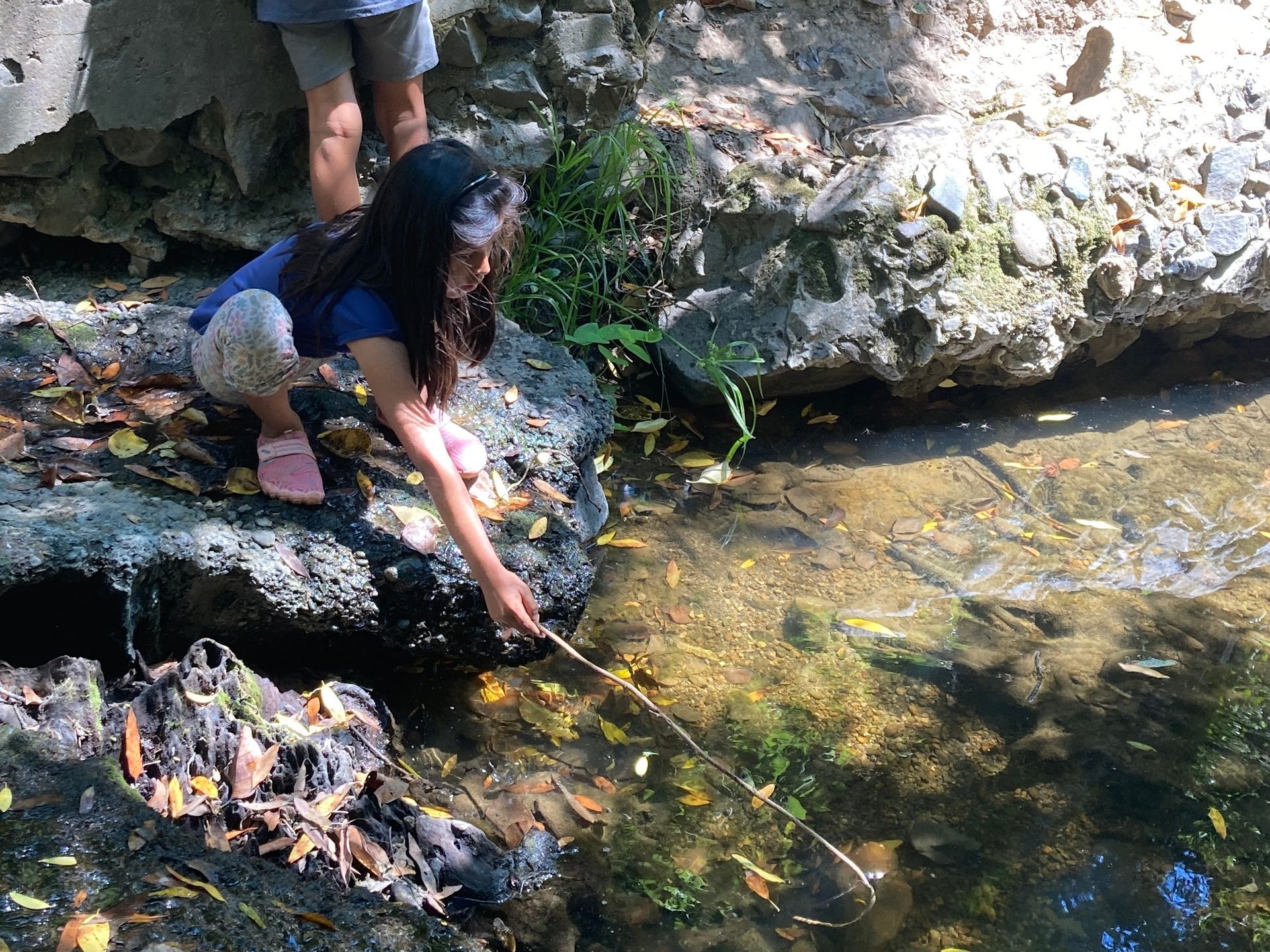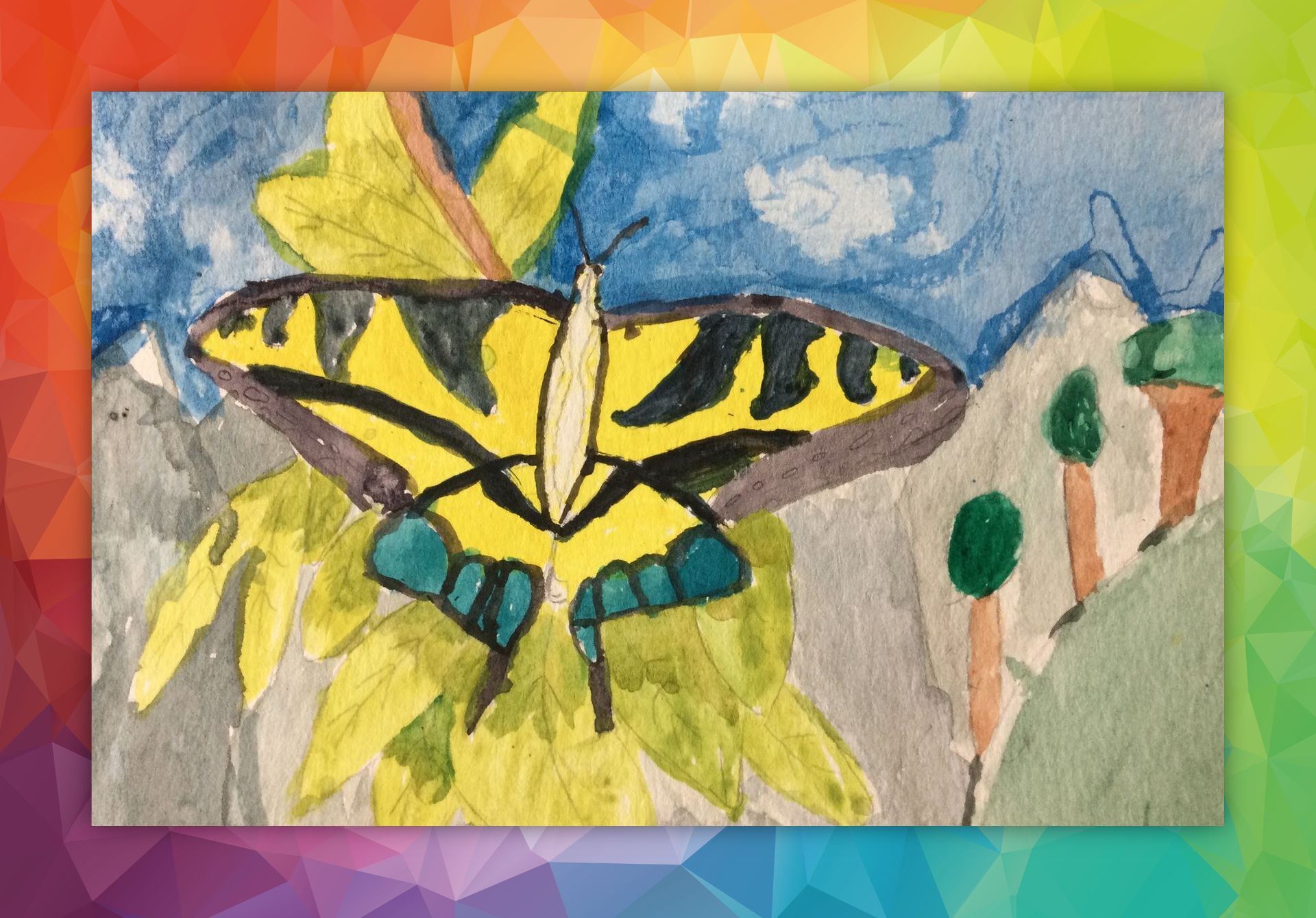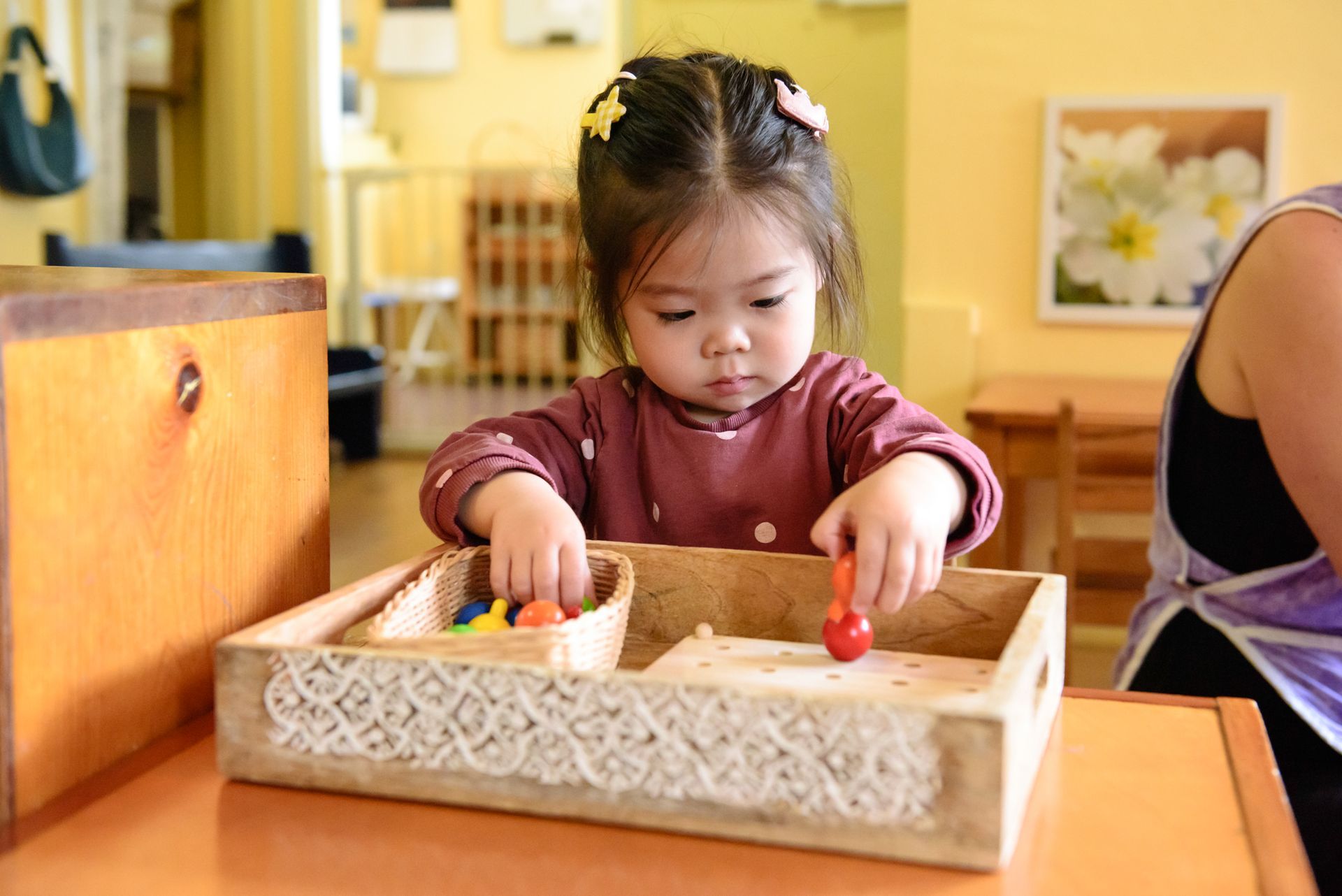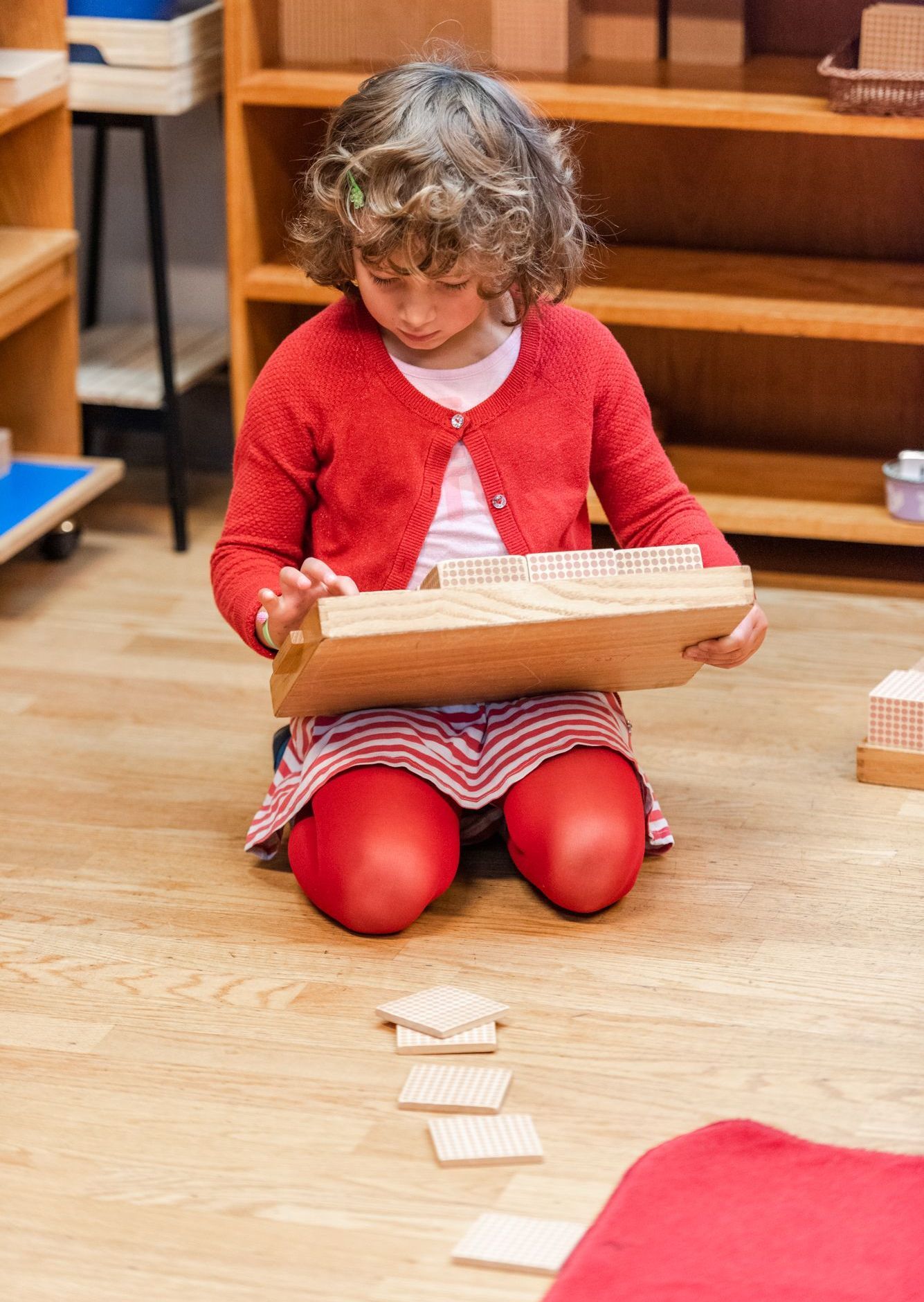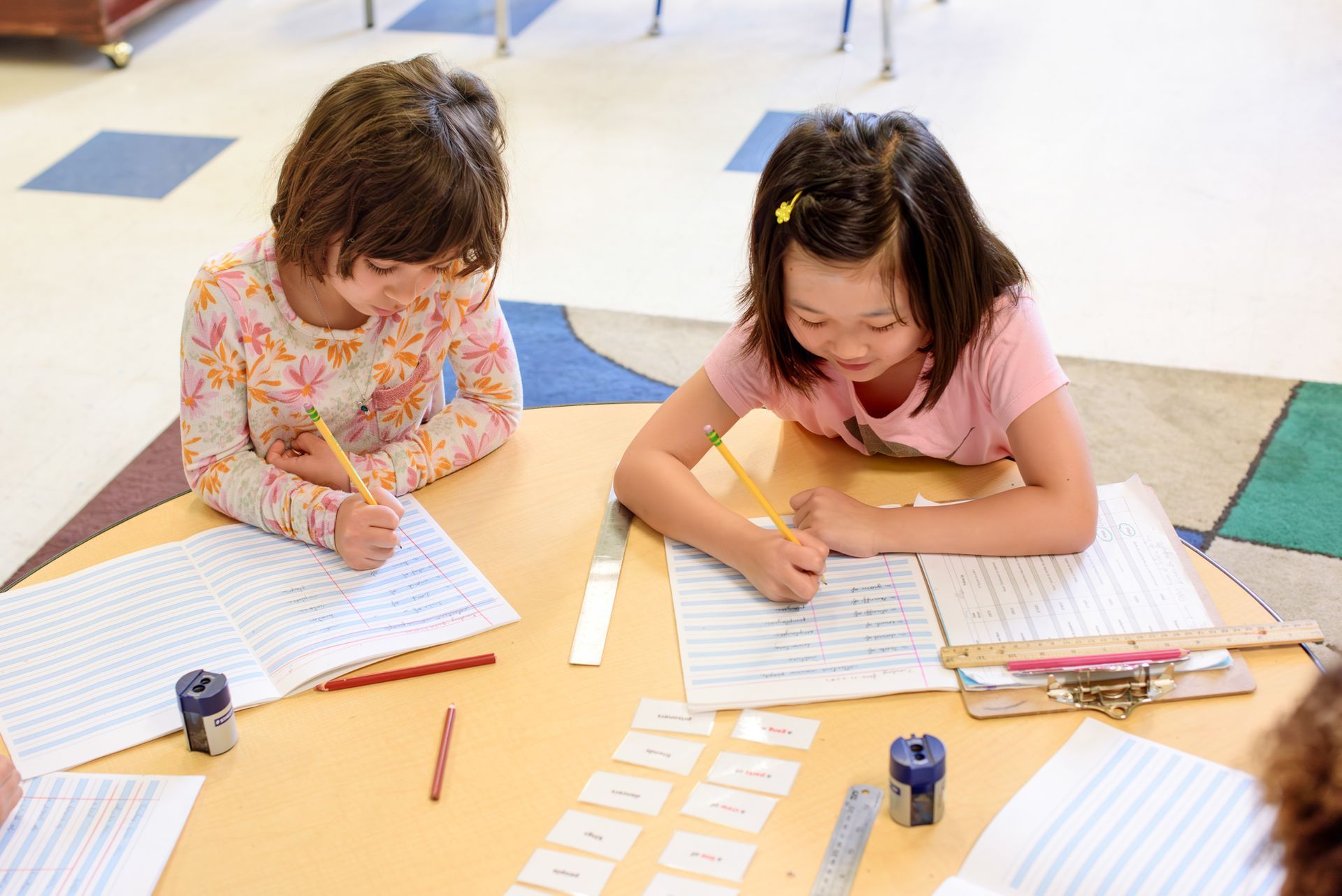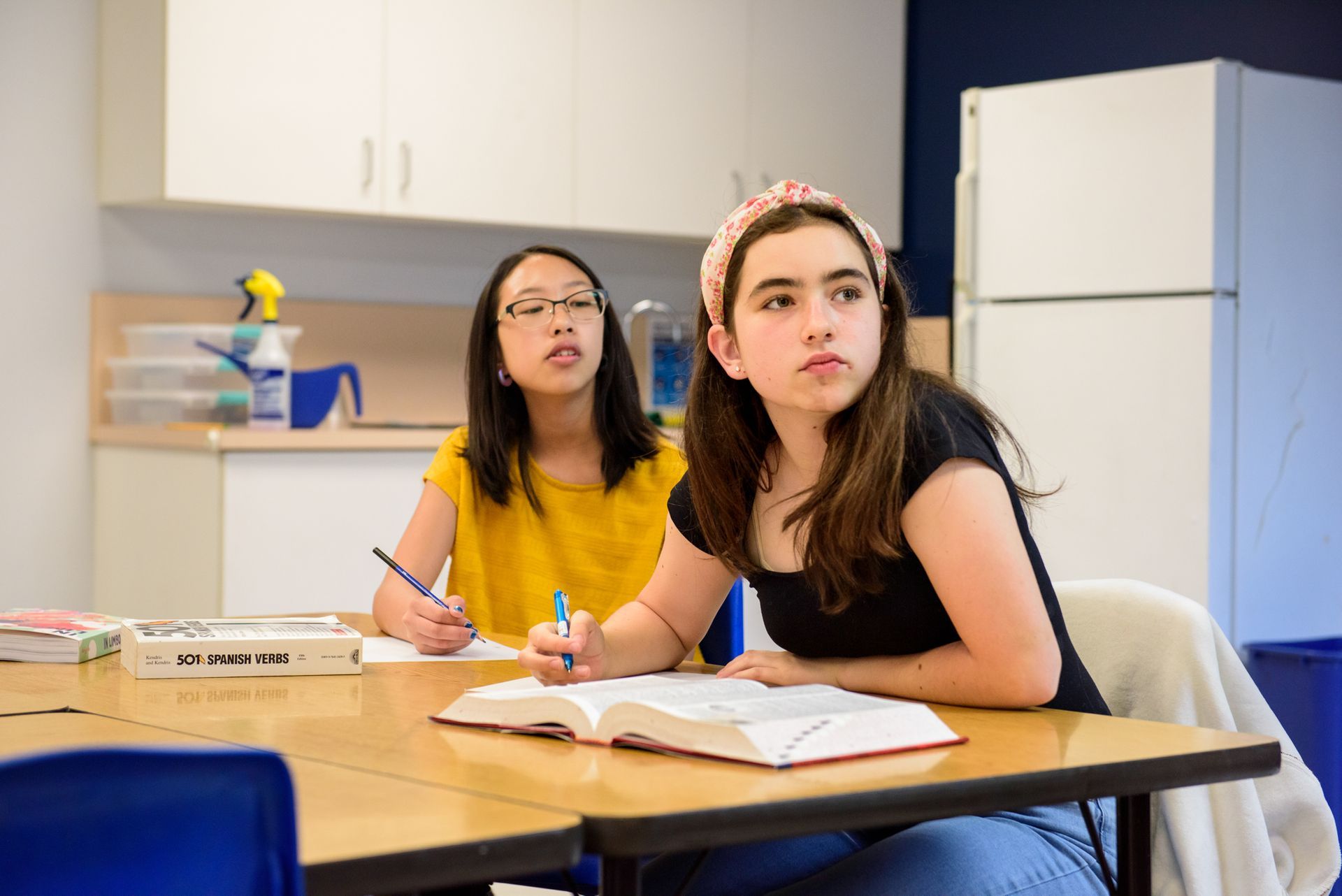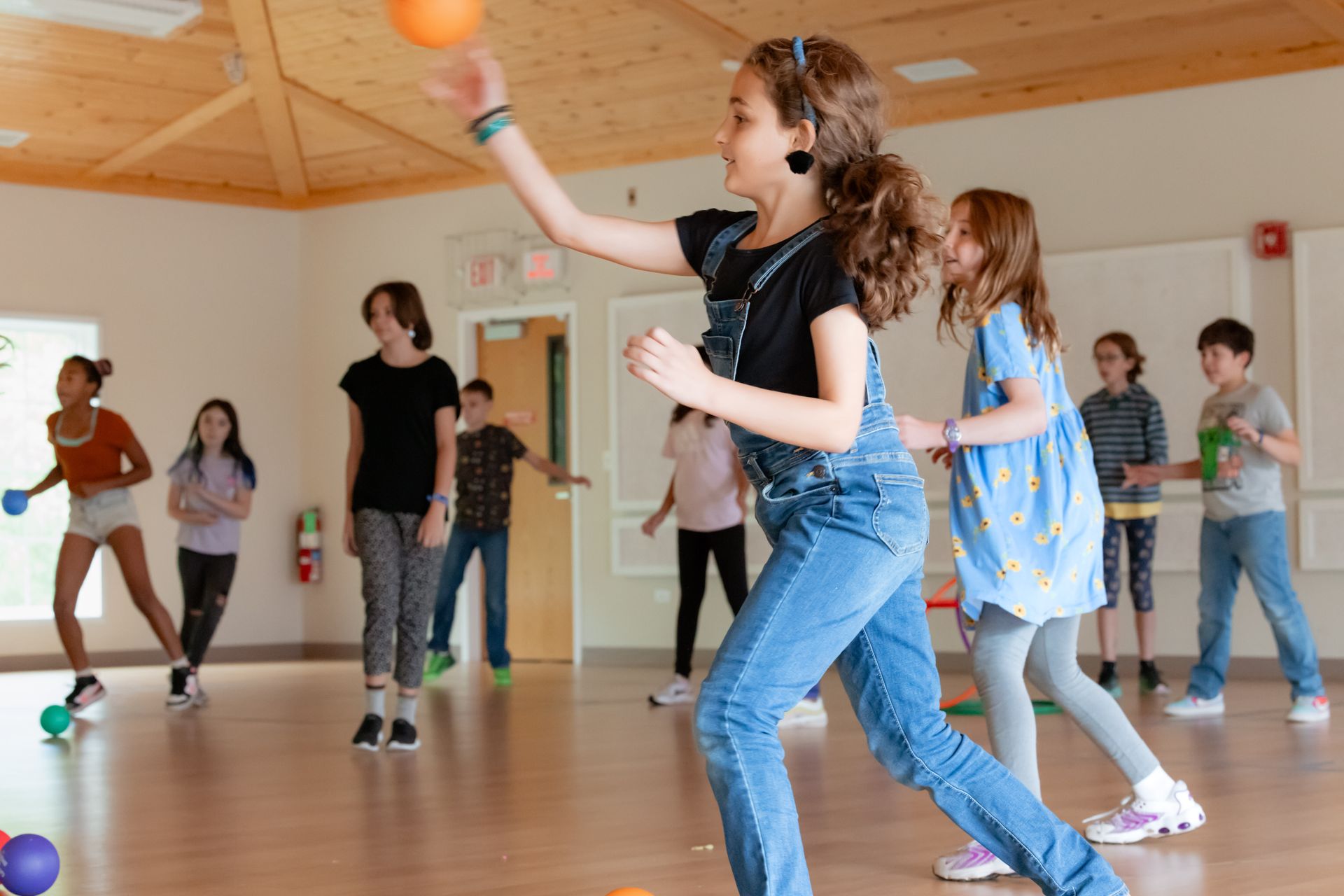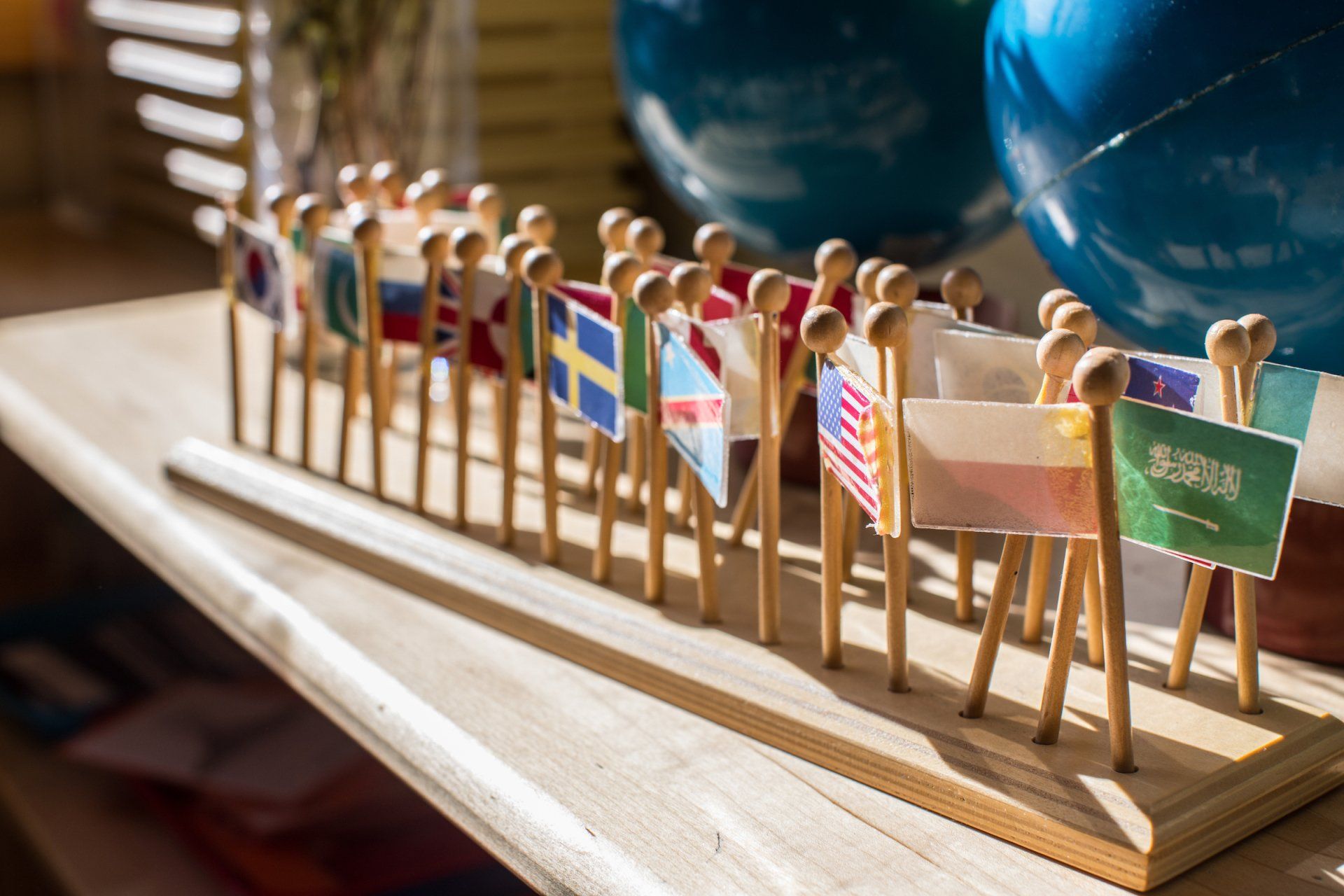Beyond the Expected
A Trilingual Montessori school in Oakland from Preschool to Elementary.
Our Mission
The mission of The Renaissance International School is to provide students with an international center of learning and culture that is open, supportive, and multidisciplinary, where children can develop and achieve their highest potential.
We are committed to offer students an education based on the research and resulting philosophies of Maria Montessori and Zoltán Kodály. We are a three-language immersion Montessori program with a diverse faculty and student community.
Why do so many families choose Montessori?
Lessons are designed and given to each child when they are most ready to learn.
Social, emotional, and physical development is emphasized along with academic skills.
Current neurology and human development research consistently backs Montessori.
“We selected TRIS as our school because of its Montessori approach to learning and development. Having spent their entire matriculation in the Montessori setting, we recognized the value of continuing in this method of learning. My children immediately demonstrated a sense of familiarity and confidence in the environment. As students, they both thrived in learning how to take responsibility and learn to be engaged in their own growth process."
J. M.
“Our daughter is entering 6th grade… wow!!! She plays flute and piano (begun at TRIS) and is keeping up with her French. She plays basketball and socially is thriving with friends and many adventures. We met up with another TRIS family in Ireland this Spring - the comfort and bonds of TRIS friendships live on. Sending lots of love and good wishes to the TRIS family. You know how much I miss you!"
A. R.
Visit us!
We invite you to visit our school, meet the teachers, and observe the children in their classrooms. We encourage you to ask questions learn about the opportunities available at all levels of our programs.
The latest from our blog.

